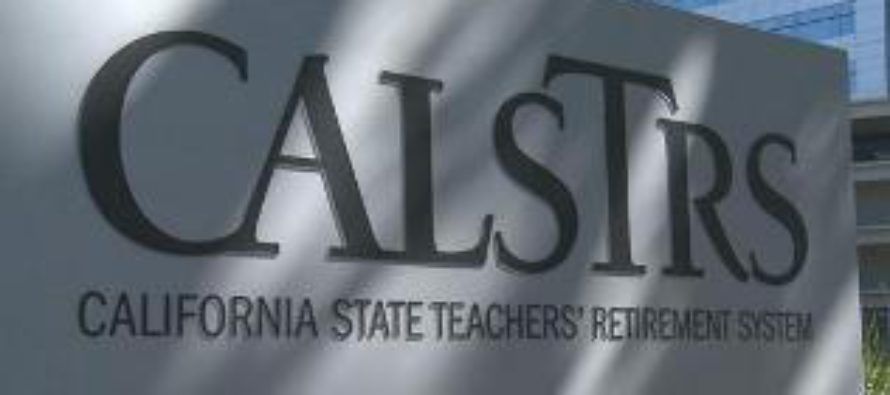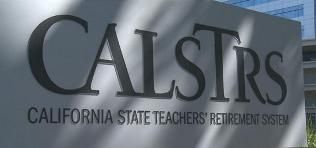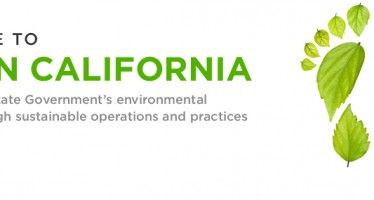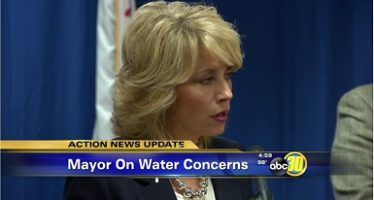Upbeat LAO report lacks key focus: CalSTRS bailout cost

 The Legislative Analyst’s Office released an analysis of state revenue this week that suggests the state won’t suffer when temporary tax hikes expire. This is from AP:
The Legislative Analyst’s Office released an analysis of state revenue this week that suggests the state won’t suffer when temporary tax hikes expire. This is from AP:
SACRAMENTO — A steadily improving economy will buffer California’s budget from a drop in revenue expected when temporary tax hikes begin to expire in the coming years, the state’s nonpartisan Legislative Analyst’s Office said Wednesday.
The report from Legislative Analyst Mac Taylor examined state revenue trends through 2019, the first year after the Proposition 30 tax hikes expire.
The expiring tax increases “will not necessarily cause a sudden revenue drop off – a `fiscal cliff’ – for the annual state budget process,” Taylor said.
In 2012, voters approved Gov. Jerry Brown’s proposal to raise an additional $6 billion a year through higher taxes. The statewide sales tax was raised to 7.5 percent, an increase that will expire at the end of 2016. An increase in income taxes on the wealthy will expire at the end of 2018.
But I was surprised upon reviewing the report at its failure to focus on the larger picture of how this summer’s CalSTRS bailout will bring extreme new pressure on overall state finances. In fiscal 2020-21, after phased-in hikes, the amount of total contributions to the state teacher pension fund will have gone from $5.9 billion to $10.9 billion. Of that extra $5 billion, 70 percent will come from school districts, 20 percent from the state and 10 percent from teachers.
School districts won’t absorb huge pension bill without fight
The idea that school districts will quietly eat that 70 percent boost is at odds with California politics in the post-Prop. 98 era. Instead, the districts, teachers unions and their elected allies will press for the general fund to absorb the cost on the grounds that every dollar districts spend toward pensions is a dollar that can’t be spent “on the kids” — i.e., on teacher pay.
So in 2020-21, the state general fund faces a $4.5 billion hit. I know the LAO doesn’t necessarily weave in political calculus in its fiscal analysis, but given how Sacramento works, it would have been appropriate. Moody’s Investors Service is already looking at this angle. So what is the Legislature and Jerry Brown’s successor going to face?
I wrote about this for CalWatchdog earlier this year.
The CTA and the CFT didn’t achieve their dominance of Sacramento by playing nice. Covering the cost of the CalSTRS bailout going forward is going to be the Sacramento version of the federal budget sequester for non-education budget categories. Spending on just about everything but K-12 is going to be curtailed.
Of course, we’ll also see redoubled efforts to raise taxes and make “temporary” hikes permanent. But the day in which the Maviglios of the world could pretend the pension crisis was exaggerated or no big deal will soon be history. Pretty soon the pain is going to be shared not just by taxpayers but by all users of California government services and programs outside of K-12.
Once you understand that the single most powerful imperative in California politics is protecting an education jobs program in which most teachers get automatic annual raises just for showing up, Sacramento is pretty easy to understand.
The Schwarzenegger administration once talked about state budget politics being the war of “all against all.” In 2020, it will be plainer that it’s the CTA and CFT vs. everyone else.
Related Articles
Optimism despite drab election
Steven Greenhut: Early results are in and the statewide races aren’t close. It’s hard to imagine a more depressing gubernatorial
Enviro CA: Green for thee, but not for me
California has gone green: mandatory recycling, plastic bags bans, hybrid and electric cars, wind and solar energy, and the state
Fresno water contamination has residents on edge
When it comes to tainted water supplies, is Fresno another Flint, Michigan? The evidence is worrisome enough that authorities in




